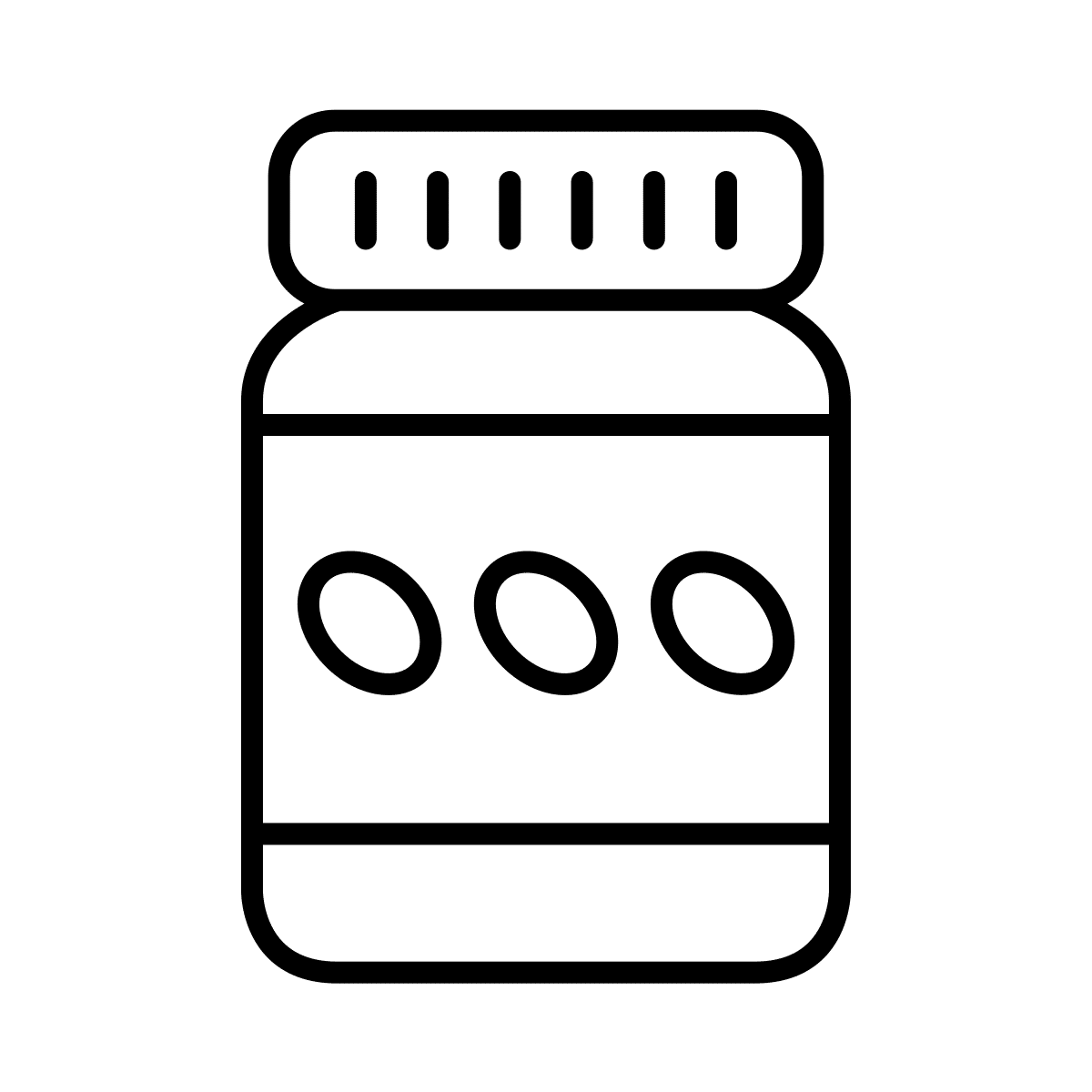Check out the eCommerce app design trends, UX innovations, and evolving mobile shopping expectations you’ll need to consider this year.
When it comes to mobile apps, visuals are pretty important. To be cool an app has to look cool; it also has to be elegant and seamless.
With mobile driving so many customer journeys, keeping up with customer demands is tough. Smartphones exist in an ecosystem of constant change that shortens attention spans while increasing expectations.
This doesn’t have to mean re-inventing your e-commerce app every month or coming up with a whole new look and feel. It does mean paying attention to small details. For an eCommerce app to succeed it needs to provide a shopping experience that’s smooth, intuitive, fast and clear — while looking amazing at the same time.
Stay beautiful and reduce friction are the watchwords for eCommerce app design in 2021. Here are the vital trends you’ll need to consider if you want to earn loyalty and share-of -wallet.
“With so many purchases shifting online, what mobile users really crave is confidence about what they buy, and who they buy it from.”
Why great eCommerce app design is vital this year
Let’s start with some home truths. Mobile users are already spoiled for choice and they don’t need more. With so many purchases shifting online, what they really crave is confidence about what they buy, and who they buy it from.
A well-designed eCommerce app can amplify visual cues indicating quality, legitimacy, and trust — all vital values brands need to instil if they’re going to attract shoppers and keep them coming back.
What great design does is make the buying decision easier. Customers get inspired by gorgeous lookbooks, rich and professional product images, and an intuitive navigation that keeps them tapping and swiping.
Bad design, on the other hand, puts shoppers off. With so many great looking apps to choose from, why should they settle for less. That’s the situation out there — impress quickly, or get quickly forgotten.
One quick note: when it comes to mobile apps, graphic design and user experience (UX) are pretty much inseparable. In this blog we’ll be talking about techniques that touch on both sides of the design coin.
With that in mind, let’s look at the eight trends shaping eCommerce app design right now.
01 Icons, not words
If you’ve purchased anything online that comes with different colour options, you may have seen this principle in action already. A red mountain bike that also comes in silver-grey and sky blue can all be viewed on the same screen.
Same for a T-shirt or jacket. You just click the colour dot below the image that corresponds with what you want to see. The image changes accordingly — without typing text, clicking a drop-down, or searching again by colour.
If a customer wants to access a different country site or pay with a different currency, you display the country flag instead of text. For every design element that appears on-screen look to use icons and let people filter from the same screen wherever they can.

02 Minimise distractions that stop conversion
As shoppers move through your e-commerce app they should encounter as few distractions as possible on the way to checkout.
With so many of us staring at screens all day long, this is more important than ever. App designers need to respond to user desire for a more comfortable viewing experience, using easily understandable designs that reduce eye strain, and colours and visuals that are easy on the eyes.
Natural colours and simple layouts are less likely to overwhelm users, enabling them to look at your app for longer without getting antsy. Along with better visuals, build in a better experience. Things that limit users freedom or narrow their options should be eliminated.
Klarna is a great example of this. They’ve got rid of minimum purchase thresholds and made checkout super easy. You click what you want and the order is processed immediately. Payment comes later. By adding one-touch purchase they let people act on the buying impulse quickly, before it disappears.
Minimizing distractions takes us to the next important e-commerce app design trend.
03 Touch and Touch-free verification
This is a big one, with aspects that relate to both design and UX. Smartphones are becoming wallets, banks, and identity cards all-in one. That’s good news for eCommerce because it allows shoppers to make purchases at a much faster pace.
Verifying that a user is who they say they are is getting easier. Your fingerprint can be all that’s needed to prove you are you. The touchless options for interacting with smartphones are expanding too. You can get a lot done with a mobile device without actually touching it, using interface advances like VUI (voice user interface) and air gesture control.
Searching and interacting with smartphones by voice commands has been on the rise for a few years. The reason is simple: adding touch-less input to an app interface extends its physical reach.
Voice chatbots, for example let app users communicate with your brand using voice commands alone. The same is true for mobile virtual assistants that guide users through the shopping process or help them find and select the items they want without leaving the purchase path.
These sorts of touch-less interactions are contributing to a bigger trend — the complete virtualisation of the shopping experience. As an input method for transmitting data, natural language is almost frictionless, and with today’s voice recognition software it makes shopping even simpler.
The rise of conversational interfaces might present a challenge to designers, who’ve been trained to use visuals for communication and way-finding. It's worth swotting up on the techniques for blending visual and voice. To increase conversion, adding voice command capability can humanise the mobile eCommerce experience and make it more fluid.
04 3D-ish design elements
The trend in recent years has been to make app buttons and icons minimalist and simplistic, removing aspects that give them depth and often going for a flat, two-dimensional effect.
This year depth and dimension are back, with app interface designers looking to make icons and other page elements jump off the screen. 3D graphic renders enable apps to present products in a more engaging and interactive way, improving the overall UX of the app interface.
Just as in a cinema, 3Ddesign elements are eye-catching and futuristic. They can give shoppers the ability to observe, rotate, or alter the size of an image, boosting engagement and interest.
The deeper level of interaction 3D models provide can deliver aspects of offline shopping, where customers can manipulate and experience a product from different perspectives. That can spur a more emotive response, supporting the buying impulse and improving conversion.
While ‘real,’ full-scale 3D for mobile phones isn’t quite ready for prime time yet, designers have a few tricks they can use to achieve a similar outcome. By using the techniques of ‘skeuomorphism,’ for example, updating an old style from the early 2010s, designers can create 3D-like graphics.
The approach takes flat icons and buttons and gives them an eye-popping makeover, while still managing to retain 2D design’s colourful minimalism. The overall effect is almost tactile.
05 Augmented reality will find its feet
Though augmented reality (AR) has been around in one form or another since the early 2000s, the rapid evolution of smartphone cameras has pulled AR into the mainstream. While some applications are too industry-specific for everyday consumer use, in 2021, AR apps will become more practical to integrate, and easier to use.
Rapid advances like improved object detection and mapping, are poised to make mobile shopping even more immersive and interactive, allowing smartphone users to interact with products and browse mobile web shops ‘in new and exciting ways.
AR apps will turn up in everything from booking a hotel room to finding your way around a large suburban mall. App designers will need to think hard about interfaces that adapt easily to having a camera overlay. Buttons will have to be simple and unobtrusive. Labels will have to be dynamic and responsive.
Look to brands like IKEA and Curate for inspiration. Curate lets mobile users select an environment (say a room in your house), then take a home furnishings product and place it in different locations and positions. If they like what they see, they can purchase immediately from within the app.
IKEA Place advances the idea a step further. Instead of playing about with a single object, users can select multiple products and experiment with placements around numerous virtual rooms — all of which can be customized. When you’re finished, you can move the products you want into the app’s shopping basket, and discard the rest.
Although eCommerce app design needs to be clean and simple, adding VR to the mix can inspire shoppers on how they can actually use your products.
06 Using virtual reality to reduce returns
Virtual and mixed reality apps are making an impact on e-commerce brands. The race to offer more immersive, multi-sensory mobile shopping experiences is leading to innovations that create a more profound impact on shoppers. Immersive-ness is VR’s distinguishing characteristic, and it evokes a sense of presence that’s mainly missing when we buy things online instead of in-store.
App developers will integrate more virtual reality (VR) functions in eCommerce apps this year to help mobile users bring the handheld shopping experience to life.
You may have seen VR at work in an app when you were offered a 360-degree view of something you were interested in purchasing. Some eCommerce apps let you upload a photo of yourself so you can see how a clothing item looks on you. The data collected in AR apps is also richer, so over time the size matching gets better and more personalized to individual body shapes.
Having a more rounded view of a product helps ensure it's exactly what you wanted, and that helps maximise satisfaction and reduce returns. It plays to mobile’s strengths by replicating key aspects of the in-store experience and improves customer service.
This year we expect to see more virtual reality apps in retail, as well as sectors like travel and tourism. What form will it take? Look at smartphone crossover from VR enabled devices like Sony’s VR playstation, which allows users to view and move through places and services as though they were physically present.
07 Greater personalization
Personalization is another long standing trend you can expect to see intensify over the next 12 months. More and more brands will invest in capabilities that allow their apps to present content and recommendations tailored to individual users. The idea is to make the user feel that the shopping experience has been designed especially for them — something that boosts conversion and drives return visits.
App designers create personalized experiences by using data, gender and demographic info located in their profiles, analysing transactional data that looks at past purchases and points to future preferences. Personalization has proven to turn seconds of engagement into minutes, and convert visits into purchases.
In the deBijenkorf app, for example, the app reads from the user profile to show the relevant gender category first, and remembers past purchases and searches to make smart suggestions about what else they might like.
In a hyper-competitive eCommerce landscape where users face almost unlimited choice, they expect more personalisation from the brands they buy from.

08 Microinteractions for emotional impact
Micro-interactions are small animations or other app ‘events’ created to surprise and delight the user. They can make the eCommerce app and shopping journey more welcoming, engaging, warmer and less machine-like.
A well-designed micro-interaction shows that a brand has gone the extra mile in terms of the app user experience. Like we said at the start, attention to detail is what separates a great app from a just-OK one.
They improve navigation and make it easier for users to interact with the app. Users get instant feedback when they take action and see that the app has recognised and completed any task or request. They can guide users toward a sale by providing suggestions and tips while browsing products. They can also surface additional information about a product that might not be apparent in the standard listing — sales, promotions, things other people bought along with the same item.
Done right, micro-interactions make the user experience much more rewarding and give your eCommerce app more emotional heft.
Emotional impact is probably the best reason to integrate them into your app’s purchase journey. They create positive feelings about your brand that can influence the actions that users take next. Micro-interactions can take the form of a small animation to an icon, clever use of swiping actions to transition smoothly to a unexpected option or additional feature, humorous messages that confirm current system status, nudges and calls-to-action to encourage more interaction, or give added interest to FAQs and tutorials.
The rise of mCommerce has changed the game
The rise of mobile commerce (mCommerce) is shaping customer expectations and raising them. But satisfying mobile shoppers isn’t easy. With more people demanding more from a small screen purchasing experience, app designers have to find ways to deliver more value with less.
The question is, how do you create beautiful eCommerce app designs that enhance rather than distract from the overall shopping experience?
Personalisation at scale needs to be addressed, interfaces have to be simple and intuitive, purchase journeys have to be frictionless, and new technologies need to be integrated in order to stay ahead of the pack. Finally, humanising app interfaces with elements that spark an emotional connection with users may turn out to be the glue that keeps customers coming back.
The app design playing field is shifting under our feet. Everyone needs to stay one step ahead of new design principles, new interface types, and new business models.
Are you looking at launching or improving your eCommerce app this year?
At JMango360 we started a mobile revolution, enabling stores of every size to have a premium eCommerce app. We’ve been immersed in app design best practice for more than a decade.
With our easy, Open SaaS platform, you can have a beautifully-designed app incorporating all the latest graphic, technological and UX innovations live in 30 days — for a flexible monthly plan.
Unlock the power of mobile today.








